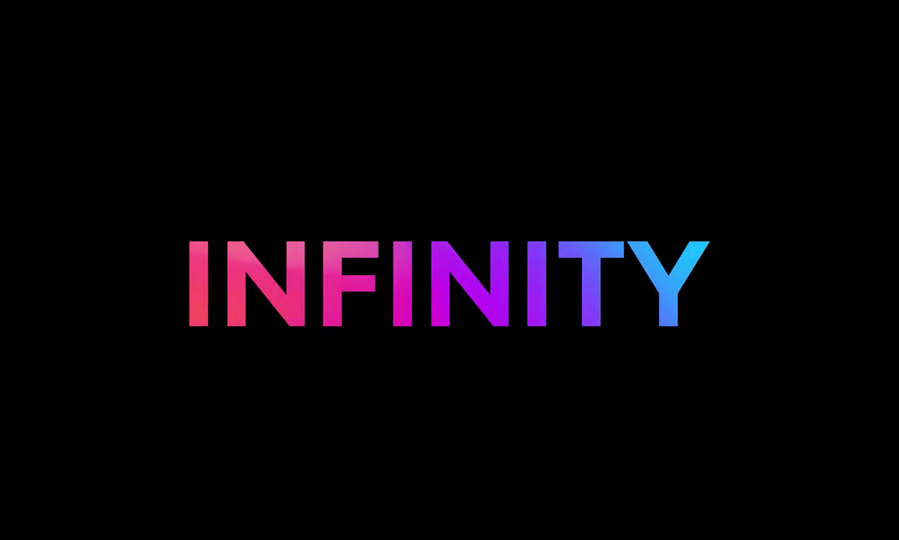Air France is accelerating its digital transformation by modernizing its payroll management through a strategic migration to the Cloud.
HR TRENDS
HR analytics evolving along with digital transformation

ByLaurence Fromageot
19 September 2017
SHARE THE ARTICLE ON

HR now has the opportunity to transcend the classic reporting approach and evolve into a truly analytics-driven business function, while at the same time retaining its traditional human-oriented characteristics.
It is clear that the Marketing and Sales functions were the first to seize the opportunities relating to the increase of Big Data type information and to the provision of new analytical tools. By having new reservoirs of detailed information about customers’ expectations and about buying contexts and behaviours, these departments were able to drastically improve their knowledge of their customers and/or their market targets. By organising themselves to take advantage, they were able to both optimise their strategies and their operational actions.
Human Resources does not escape from this new state of play. HR Departments are also aware that their power of influence and their ability to affect strategic and operational decisions will be increasingly based on their control of information.HR now has the opportunity to transcend the classic reporting approach and evolve into a truly analysis-driven business function, while at the same time retaining its traditional human-oriented characteristics.
About HR Data sources
We observe that the HR field has already had a considerable volume of information for a long time. However, most of it was not available in the form of data which could easily be exploited by IT: non-digitalised HR documents, data from systems which are too heterogeneous, ‘dormant’ data… It will now be possible for HR to exploit and compare a gigantic volume of data from different sources:
- data from the different HR systems,
- data from the other company functions (observed or forecast data etc.),
- new data obtained from the digitalisation of all the HR documents and archives,
- new data from outside the company (employees’ ‘social profiles’ from social networks, public employment and occupations databases etc.), thanks to the heightened capabilities of interoperability,
- additional data from non-structured information originating from applications, messaging services or internal social networks (text, video, sound and image data) thanks to semantic analysis capabilities,
and finally, why not new types of data from connected objects for employees (such as actions, habits and feelings etc.) in an aim to prevent tiresome tasks or to promote well-being at work…
HR solutions must support this transformation and move from a data recording and transactions system to a system capable of truly helping the HRD to extract intelligence from all these data reservoirs and put it towards action.
How solutions can help HR Departments to improve analysis?
Solutions with embedded HR analytics will help HR mark out the different levels of analysis in combination:
- Descriptive analysis to present what is happening, on demand, or via predefined statements, simple lists or developed reports (ad hoc reporting, legal reporting, declaration) etc.
- Diagnostic analysis to explain what is happening, propose independent analyses or analyses gathered in dashboards…
- Predictive analysis to help predict what will happen, project trends or analyse the impacts of the hypotheses that one varies…
- Prescriptive analysis to contribute a vision of what should be done, to inform, to suggest etc.
HR analytics will be at the very heart of these solutions to support HR staff and strategic decisions, to manage HR policies, understand situations, prevent risks, anticipate actions and assist those involved in the moment and wherever they are.
Development of HR analytics will doubtless require using new skills within the whole HR function, or even the appearance of a new ‘HR data scientist’ role, as can be found in other major company functions.

Laurence Fromageot
Strategic Marketing Manager



